肿瘤化疗的故事:TED-Ed曾出品过一支名为《How does chemotherapy work? 》的科普动画,展示了肿瘤化疗的发生、发展过程及其作用机理。“肺癌多学科会诊”团队将此视频中的英文解说部分编译,并中文配音,以飨读者。
【编译配音版】
【英文原版】
视频解说
一战时期,有一种黄色的有毒气体,堪称堑壕战里,最恐怖的梦魇,它就是“芥子毒气”。一旦不幸中招,你将会无法呼吸,双眼灼伤,暴露的皮肤上长出巨大的水泡。科学家们穷尽精力,想要研制出能对抗这残暴武器的解毒剂。在这个过程中,他们发现气体对伤员的骨髓造成了永久性损伤,使它无法继续产生血细胞。这一糟糕的结果反而赋予了科学家们灵感。癌细胞和骨髓细胞有一个共同点:它们都能快速自我复制。那么,我们能否把一种战争的暴行转变为对抗癌症的武器呢?
19世纪30年代的研究者对这个想法进行了调研并付诸于行动,他们从芥子气中提取出复合物,再注入癌症病人的静脉里。通过长时间的反复的试验,他们发现这种方法利大于弊。而在第二次世界大战末期,人们终于发现了这个世界上第一种化疗药物。
如今,市面上的化疗药物高达上百种。患者可以选择口服或者注射,这是一种“细胞毒性药物”,即对活细胞有毒性的化合物。虽然,这些药物在一定程度上会损伤身体里包括健康细胞在内的所有细胞,但当面对体内快速分裂的细胞的杀伤作用尤其显著,而快速分裂正是肿瘤的重要特征之一。
举个例子,烷化剂是我们发现的第一类化疗药物并沿用至今仍在使用的。这类药物注入静脉会被分布到体内所有细胞。一旦进入细胞它就会与准备复制的DNA进行结合,破坏DNA的双螺旋结构,如果损伤未得以修复,细胞就会被杀死。而正因为癌细胞的繁殖速度快,就会让更多烷化剂进入癌细胞内,从而让DNA更多地暴露于化疗药物而又很难得以修复,而其他细胞却有时间去修复被损伤的DNA,其细胞内的烷化剂的浓度也没有肿瘤细胞高,结果是癌细胞的死亡速度远远高于其他细胞。
另一种化疗药物含有一种“微管稳定剂”。细胞内的微管聚集后能协助细胞分裂、DNA复制,然后微管解离,完成细胞复制。微管稳定剂进入细胞后,它们能阻止已经聚集的微管发生解离,从而阻截断细胞的复制过程,导致细胞死亡。
除了上述两类药物,目前用于癌症临床治疗的还有另外四类化疗药物。
尽管化疗有着巨大的好处,但它有一个明显的缺点:人体内自然状态下更新较快的健康细胞也将遭受化疗的损伤。毛囊、口腔细胞、胃肠黏膜以及生殖系统所遭受的损伤与癌细胞相比并无明显差异。这些正常细胞和癌细胞一样繁殖迅速,也就意味着它们将消耗了更多的营养,随之也更多地暴露于化疗药物的损伤。从而导致化疗的各项副作用,包括脱发、疲劳、不孕不育、恶心、呕吐等。医生通常会开一些药物以预防或对抗这些不良反应,比如强效止吐药。有一种冷却帽,专门用于防止脱发。它能降低头皮温度,收缩血管,减少化疗药物与毛囊的接触。当一个疗程的化疗结束后,之前受到严重损伤的健康组织将得以修复开始更新并恢复如初。
仅在2018年,全世界就有超过1700万人被确诊患上癌症。但令人感到欣慰的是,化疗以及其他治疗手段大幅度地改善了我们所面临的困境,举例来说,抗肿瘤治疗的不断进展让接近95%的睾丸癌患者得以生存下来。即使像急性髓系白血病这种严重的血癌,在接受第一个阶段的化疗后,年龄在60岁以下的患者中,约60%患者的病情得到以缓解。
学者们还在继续研究更准确的、只针对癌细胞的干预治疗,以期在提高存活率的同时,减轻对健康组织的伤害,以不断改进我们手中的一个最好的抗癌武器。
During World War I, one of the horrors of trench warfare was a poisonous yellow cloud called mustard gas. For those unlucky enough to be exposed, it made the air impossible to breathe, burned their eyes, and caused huge blisters on exposed skin. Scientists tried desperately to develop an antidote to this vicious weapon of war. In the propy drugs.
Today, there are more than 100. Chemotherapy drugs are delivered through pills and injections and use "cytotoxic agents", which means compounds that are toxic to living cells. Essentially, these medicines cause some level of harm to all cells in the body— even healthy ones. But they reserve their most powerful effects for rapidly-dividing cells, which is precisely the hallmark of cancer.
Take, for example, those first chemotherapy drugs, which are still used today and are called alkylating agents. They’re injected into the bloodstream, which delivers them to cells all over the body. Once inside, when the cell exposes its DNA in order to copy it, they damage the building blocks of DNA’s double helix structure, which can lead to cell death unless the damage is repaired. Because cancer cells multiply rapidly, they take in a high concentration of alkylating agents, and their DNA is frequently exposed and rarely repaired. So they die off more often than most other cells, which have time to fix damaged DNA and don’t accumulate the same concentrations of alkylating agents.
Another form of chemotherapy involves compounds called microtubule stabilizers. Cells have small tubes that assemble to help with cell division and DNA replication, then break back down. When microtubule stabilizers get inside a cell, they keep those tiny tubes from disassembling. That prevents the cell from completing its replication, leading to its death.
These are just two examples of the six classes of chemotherapy drugs we use to treat cancer today.
But despite its huge benefits, chemotherapy has one big disadvantage: it affects other healthy cells in the body that naturally have to renew rapidly. Hair follicles, the cells of the mouth, the gastrointestinal lining, the reproductive system, and bone marrow are hit nearly as hard as cancer. Similar to cancer cells, the rapid production of these normal cells means that they’re reaching for resources more frequently— and are therefore more exposed to the effects of chemo drugs. That leads to several common side effects of chemotherapy, including hair loss, fatigue, infertility, nausea, and vomiting. Doctors commonly prescribe options to help manage these side-effects, such as strong anti-nausea medications. For hair loss, devices called cold caps can help lower the temperature around the head and constrict blood vessels, limiting the amount of chemotherapy drugs that reach hair follicles. And once a course of chemo treatment is over, the healthy tissues that’ve been badly affected by the drug will recover and begin to renew as usual.
In 2018 alone, over 17 million people world-wide received a cancer diagnosis. But chemotherapy and other treatments have changed the outlook for so many. Just take the fact that up to 95% of individuals with testicular cancer survive it, thanks to advances in treatment. Even in people with acute myeloid leukemia— an aggressive blood cancer— chemotherapy puts an estimated 60% of patients under 60 into remission following their first phase of treatment.
Researchers are still developing more precise interventions that only target the intended cancer cells. That’ll help improve survival rates while leaving healthy tissues with reduced harm, making one of the best tools we have in the fight against cancer even better.







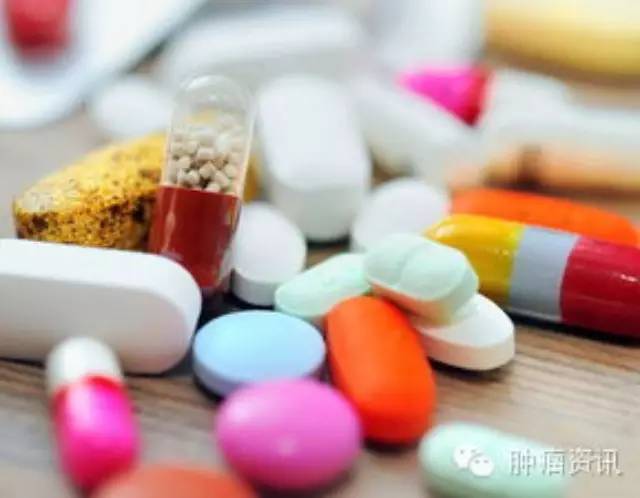

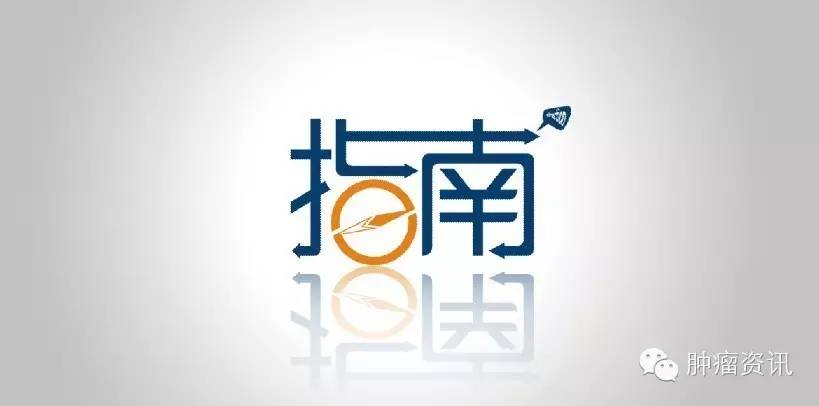
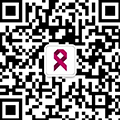
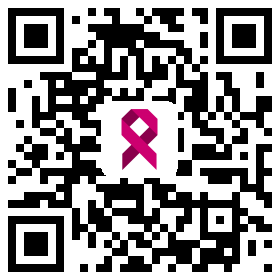
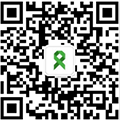


 苏公网安备32059002004080号
苏公网安备32059002004080号


